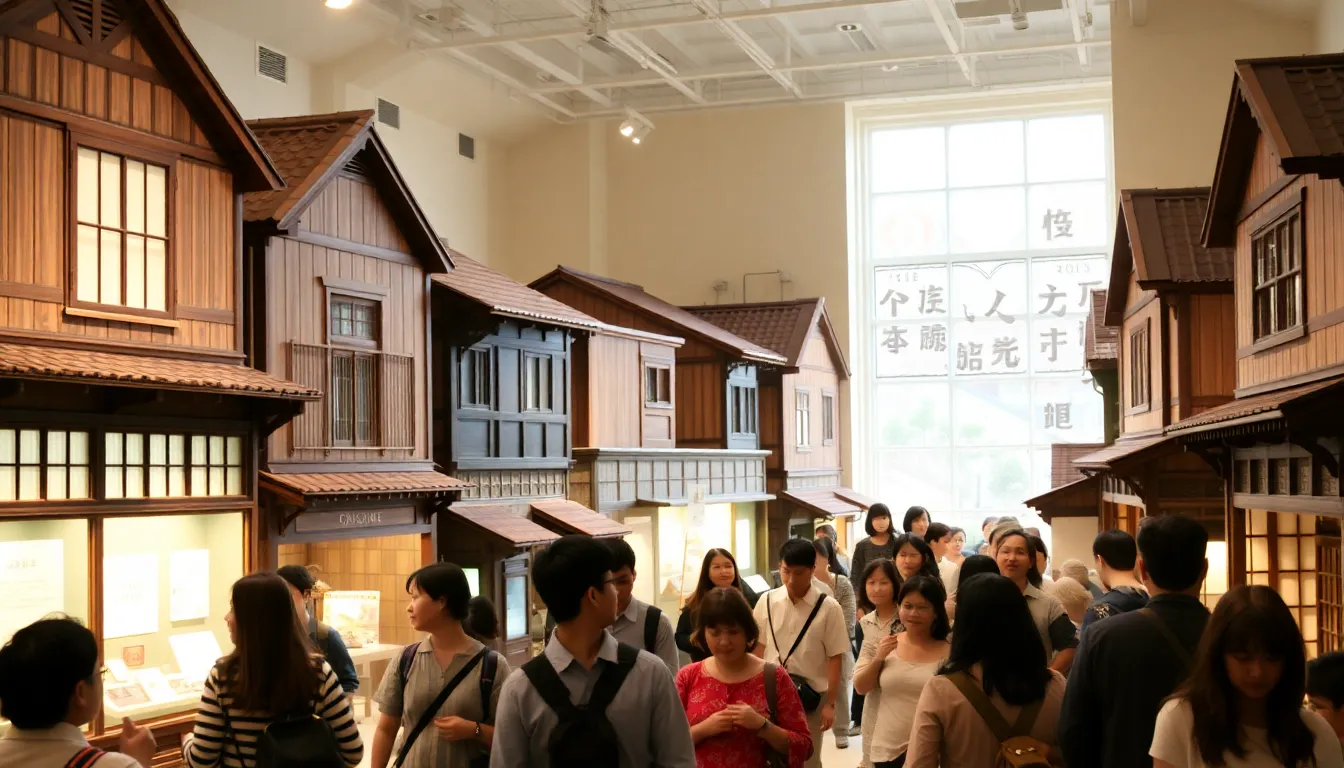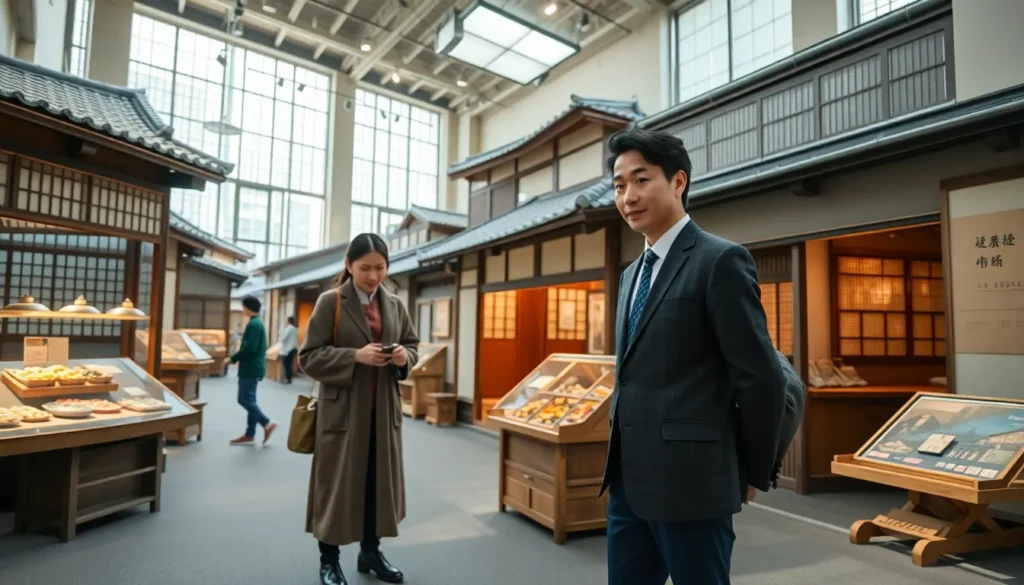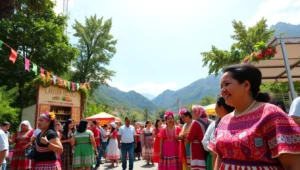If you thought all museums were just a collection of dusty relics, think again. The Osaka Museum of Housing and Living will whisk you back in time, making history come alive in the most unexpected and entertaining ways. Imagine wandering through a bustling street from the Edo period, smelling the delicious fare from vendors or overhearing conversations in a time when life was much simpler, yet surprisingly captivating. This immersive experience not only delights the senses but also educates visitors about Osaka’s rich cultural tapestry. So, let’s jump into what makes this museum a must-visit on any trip to Japan.
Table of Contents
ToggleOverview Of The Museum

Established as a homage to Osaka’s unique historical and social evolution, the Osaka Museum of Housing and Living offers a delightful blend of past and present. Opened in 2001, this museum is situated in the heart of the city, making it easily accessible for both tourists and locals alike. Spread over a large area, the museum presents a vivid reconstruction of Osaka from the 19th century to the 20th century, allowing visitors to step inside the homes, shops, and streets of the era. From mesmerizing displays to detailed installations, the exhibits play a crucial role in portraying the daily lives and customs of the people, making it more than just a typical museum experience.
Historical Significance
The historical significance of the Osaka Museum of Housing and Living cannot be overstated. This museum not only chronicles the architectural evolution of housing in Osaka but also provides a peek into the socio-economic conditions of different periods. As the thriving heart of commerce in Japan, Osaka has witnessed immense change over centuries, and the museum encapsulates these transformations brilliantly. Visitors can trace the progress from simple wooden homes to elaborate merchant residences, highlighting the cultural exchange that influenced Osaka’s architectural development. Also, the museum serves as a vital educational resource, preserving the history of traditional crafts and local businesses and ensuring that newer generations appreciate the rich history engrained in the very fabric of the city.
Exhibitions And Attractions
The Osaka Museum of Housing and Living is renowned for its engaging exhibitions and attractions that keep all ages fascinated.
Interactive Experiences
One of the standout features of this museum is its interactive experiences. Visitors have the opportunity to dress in period costumes and stroll through the meticulously reconstructed Edo period street. These immersive activities, like participating in traditional tea ceremonies or interacting with actors portraying historical figures, bring vivid life to the exhibits. You can literally feel history wrapping around you like a warm kimono.
Special Events And Workshops
Plus to its permanent exhibits, the museum regularly hosts special events and workshops that dive deeper into Japanese culture. Topics range from traditional arts such as calligraphy and origami to food workshops featuring popular Osaka street foods. These activities not only entertain but also educate guests about the cultural significance behind these practices, offering a memorable takeaway that lingers long after the visit.
Visitor Information
Planning a visit to the Osaka Museum of Housing and Living is a breeze, thanks to its comprehensive visitor information.
Getting There
Situated in the bustling Naniwa Ward, the museum is a short walk from the Osaka Uehommachi Station and has excellent public transport links allowing easy access from various parts of the city. Travelers can also hop on local buses or trams to reach the museum, making it a convenient stop during any Osaka itinerary.
Opening Hours And Admission Fees
The museum is open from 10 AM to 5 PM, with last admission at 4:30 PM. Admission fees are extremely reasonable, usually around 600 yen for adults, while discounted rates are available for children and seniors, making it accessible for families looking for an enriching experience.
Tips For Visitors
To maximize your visit, consider arriving early to avoid crowds, especially during weekends and holidays. Bringing a camera is a must: the beautifully recreated settings are a photographer’s delight. Also, check the schedule ahead of time for any special events or workshops that might pique your interest.





